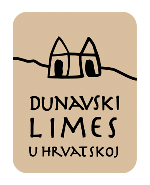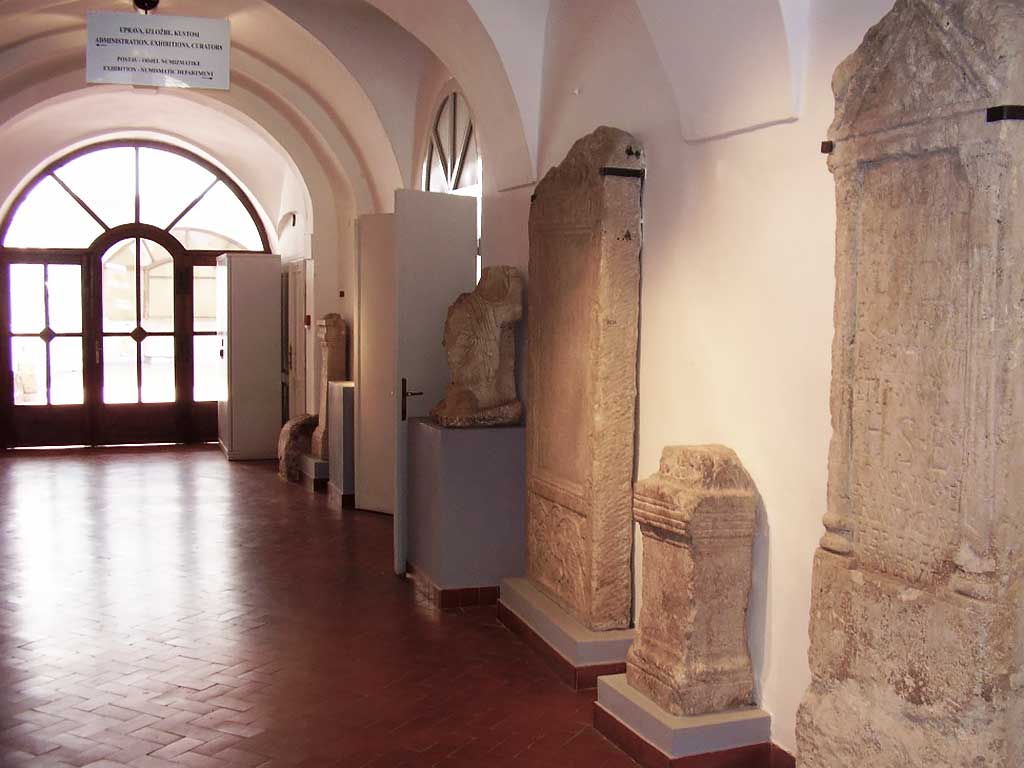 To properly study the Limes in modern-day Croatia, which used to be called the Pannonian coast (ripa Pannonica) during Roman times, we need to explore the 135 km long area on the right Danube bank between Batina and Ilok (map 2). The starting point in this survey of the Danube region is Roman maps, mainly Tabula Peutingeriana, Itinerarium Antonini Augusti et Hierosolymitanum, Ptolomeus Geographus, Geographus Ravennas and Notitia dignitatum which mark some of the Roman places in Croatia. First scientific papers on the Croatian Limes area were itineraries (L. F. Marsigli, M. P. Katančić), written in German and Latin.
To properly study the Limes in modern-day Croatia, which used to be called the Pannonian coast (ripa Pannonica) during Roman times, we need to explore the 135 km long area on the right Danube bank between Batina and Ilok (map 2). The starting point in this survey of the Danube region is Roman maps, mainly Tabula Peutingeriana, Itinerarium Antonini Augusti et Hierosolymitanum, Ptolomeus Geographus, Geographus Ravennas and Notitia dignitatum which mark some of the Roman places in Croatia. First scientific papers on the Croatian Limes area were itineraries (L. F. Marsigli, M. P. Katančić), written in German and Latin.
In the 1960’s, the Limes in Croatia was documented through multiple one-day field walks to individual sites. City museum employees checked the condition of sites and collected archaelogical material which gave insight into the outline, relevance and the role of the Limes sites in question. It was noted that a series of forts in Baranja could be observed at 4-6 km distance, while that distance was longer in Slavonia and Srijem, about 10 km. Few Roman remains were documented because the first forts were probably made of wood and earth, so they were harder to locate. Another reason is the erosive effect of the Danube, combined with the fact that many urban centres were developed on the remains of the Limes sites in the Middle Ages.

Sites along the Danube Limes in Croatia have been partially researched; some were damaged by deep ploughing, robbery, urbanization, gas line infrastructure, etc. During the Second World War, the sites in Baranja were explored by archaeologists from Hungary, while some documentation and materials in Srijem were irreversibly destroyed in the Croatian War of Independence in 1990’s. Currently, there is not a single Limes site that is adequately presented and can be visited in Croatia.
Systematic research along the Limes can be attributed to the exploration of Zmajevac (Mocsolás), Ilok, Batina, Kneževi Vinogradi and Lug. There have been new insights into these locations thanks to the small-scale excavations during legalization of unlicensed buildings. Also, museums have received many randomly found objects confiscated from robbers.

Since 1970’s, the Limes in Croatia was not explored as a whole. Therefore, the estimate of the position of watchtowers and the road that connected military points here is not quite clear. Along the Limes in modern-day Croatia, several archaeological systematic and rescue excavations were conducted in the Osijek-Baranja County, which has presently been researched more than the Limes in Vukovar-Srijem County to the south.